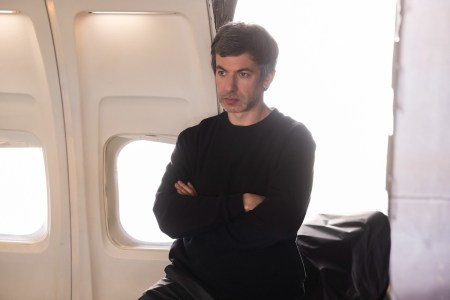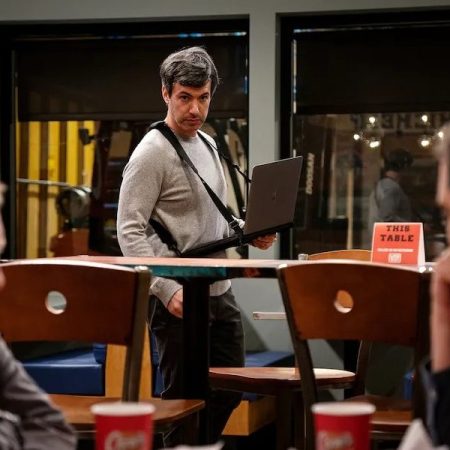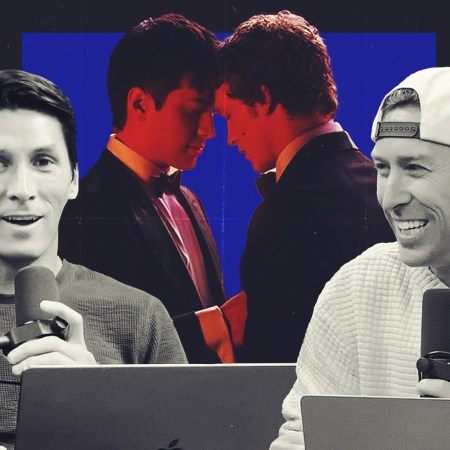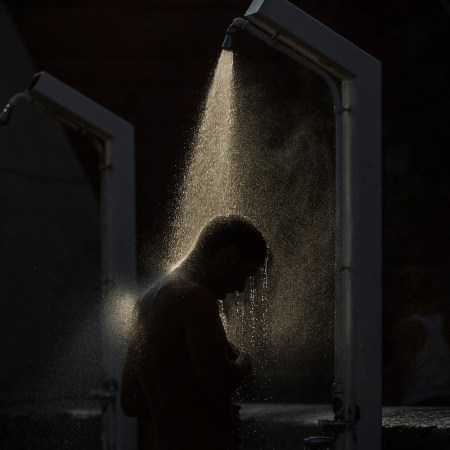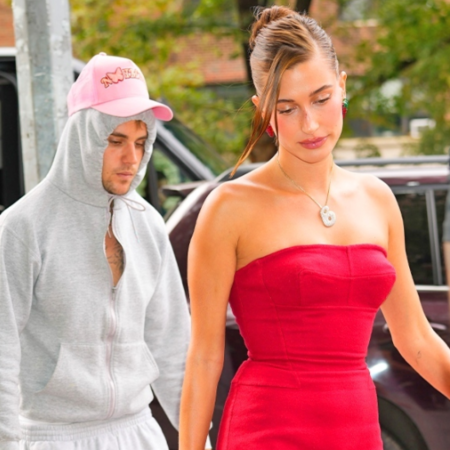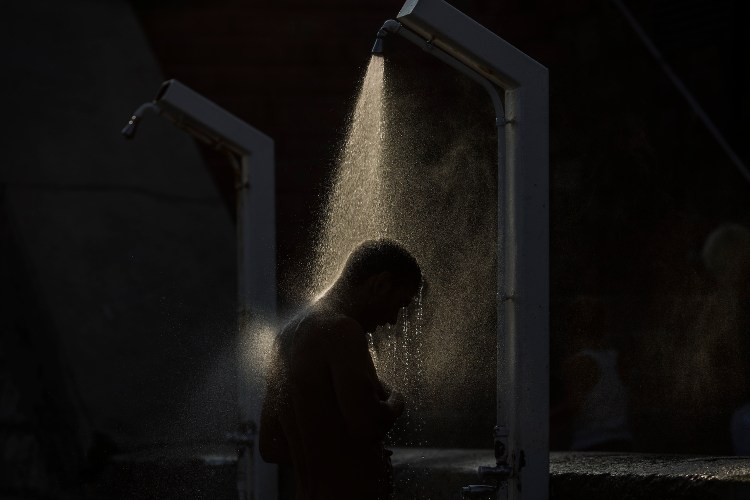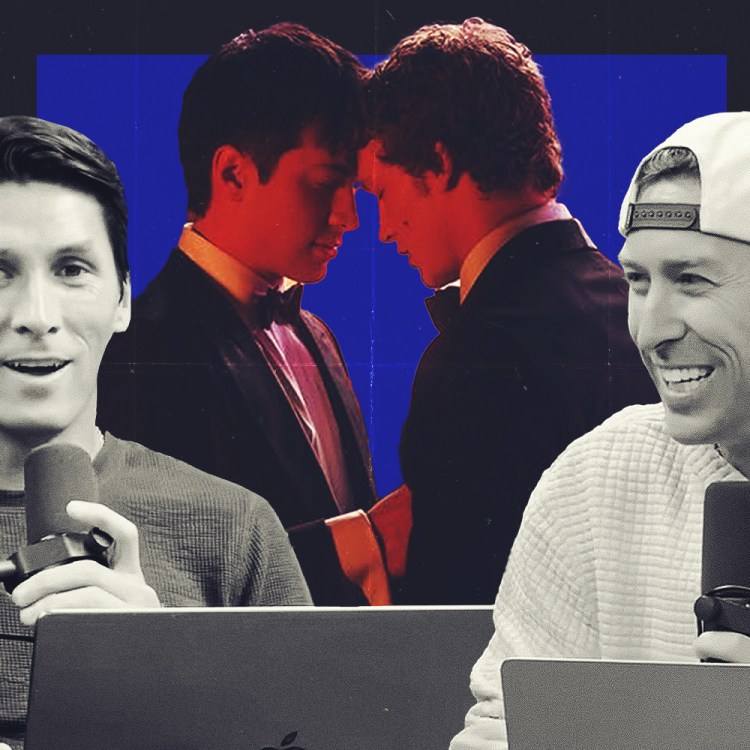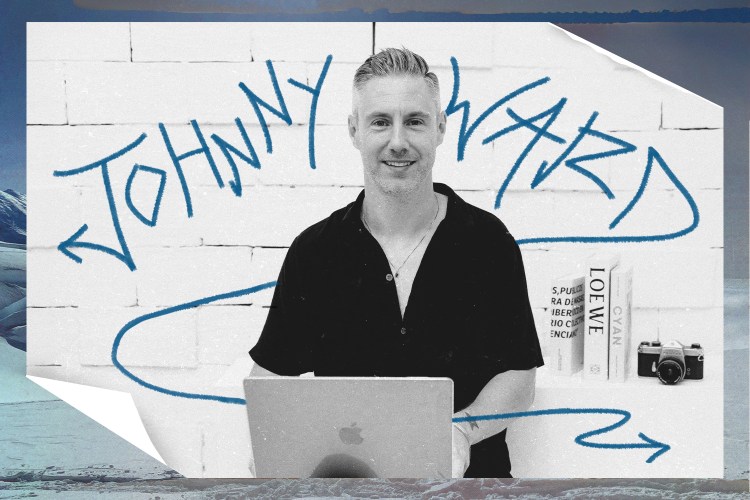As I’ve gotten deeper and deeper into my 30s, I’ve found that there are three types of people it upsets me to find out are younger than me: doctors, pilots and professional athletes. The latter is just an ego thing — realizing that there are people who weren’t even alive on 9/11 competing in the Olympics makes me feel a certain way about my own mortality. With doctors, it’s a little tricker; if I happen to need my gallbladder removed, I want the person slicing into me to be old enough to have done it hundreds or thousands of times before, but still young enough to be up to date on all the latest research. Pilots, though, are the simplest one. Nobody wants to put their life in the hands of some kid. Give me the person with a touch of grey in their hair and like 10,000 hours of flight experience every time.
It never occurred to me before last night that “the pilot is a comedian flying a 737 for the first time for an HBO stunt” would be something else to worry about.
Nathan Fielder has devoted the second season of his show The Rehearsal to aviation safety, arguing that if pilots and co-pilots were able to rehearse interacting with one another, they’d be less afraid to speak up or seize the controls if they happen to notice the person they’re flying with making a potentially fatal error. On Sunday night’s season finale, we open on Fielder auditioning actors to play passengers on a flight, and when he informs them that he’ll be the one flying the plane, it seems at first like another one of his experiments designed to prove that people would rather risk their own lives than have an awkward conversation. But then “TWO YEARS EARLIER” flashes across the screen, and we learn that Fielder has actually spent years training to get his commercial pilot’s license.
It’s a commitment to the bit the likes of which we’ve never seen on television before. But it’s also entirely serious. You can’t just learn how to fly a plane as a joke; there are complex instruments to study, tests to pass and licenses to earn, and Fielder presumably does not want to crash and die. We’re shown a montage of him at the controls of a two-seater aircraft and in a classroom taking notes as his instructors rattle off terms like “rudder trim” and “pneumatic system” — things that mean nothing to most of us but keep us alive every time we set foot on an airplane. “It became clear very quickly that I was not a natural at this,” Fielder matter-of-factly informs us via voiceover. It turns out he’s especially bad at landing; we see several clips of his instructors snapping “My controls” and taking over when it becomes clear he’s not going to be able to touch down safely. As Fielder tells us, most students are able to fly solo after 10 to 30 hours of flight time. He still couldn’t do it after 120 hours. “My instructors told me I was the slowest learner they had ever taught,” he says.
In other words, he would not be my first choice if I had to select someone to shuttle me around at 25,000 feet. But Fielder has gotten it in his head that in order to prove his point about cockpit communication, he needs to film himself piloting a 737. He only has 280 hours of experience at this point. You need at least 1,500 hours for any airline to even consider hiring you to fly a jet full of passengers. But there’s a loophole: he can find a 737 to privately rent and fill it with actors and, as long as they’re not paying passengers, it’s not illegal for him to have their lives in his hands.
Fielder has built his career on being an unreliable narrator and inviting viewers to question the reality of what he’s presenting them with, but for the first time, The Rehearsal peels back the curtain and goes out of its way to assure us that what we’re witnessing has not been staged. We don’t just see him at the controls — the cameras pan out so that we can see that yes, that’s really Nathan Fielder taxiing to the runway, and once they’re airborne, an aerial photography plane flies next to them to capture shots where we can clearly see that it’s really him glancing out the window of the aircraft in the middle of the sky. Those are important establishing shots, but the realest scenes of the episode take place within the cockpit.
Can a Comedian Reform Aviation Safety?
Season 2 of “The Rehearsal” tackles an unexpected subject: preventing plane crashes. But will anyone take Nathan Fielder seriously?The goal of this whole stunt is, in theory, to capture real-life footage of a co-pilot hesitating to speak up when the pilot they’re working with does something questionable. The only problem is that Fielder of course would never intentionally do anything unsafe in the air to goad his co-pilot into calling him out. Once they’ve safely reached cruising altitude, we see him slip back into Nathan Fielder the character — the exaggerated, painfully awkward version of himself that has become his persona — and try to get his co-pilot to point out anything he may have done wrong, but as it turns out, he doesn’t have anything to say because Fielder’s doing a good job flying. Ironically, it’s that brief moment of artifice that reminds us that what we’re watching is real; if it were staged, they’d surely stage a more compelling situation that better fits the narrative.
That seems to have been the strategy with the scenes that imply Fielder might have undiagnosed autism. To be clear, it’s entirely possible that Fielder is in fact autistic. Maybe he’s even already been diagnosed. But as far as we know, it’s just as possible that he’s not; since the first season aired and the autistic community embraced the way Fielder’s “rehearsals” felt similar to “masking,” a common behavior used by the neurodiverse to blend in, people have been trying to armchair-diagnose him, and nothing we’ve seen onscreen offers any definitive proof one way or another. Was he really unable to identify the emotions being conveyed in various faces on an autism test in the previous episode, or was he simply answering incorrectly on purpose? Was he genuinely hesitating while filling out an FAA form that required him to disclose any mental health conditions, or was he just trying to make a point about how many pilots don’t seek out therapy or any sort of mental health treatment out of fear of losing their jobs?
We don’t see the results of the fMRI brain scan Fielder had before his flight. (It’s also worth noting that an fMRI is not currently considered a primary diagnostic tool to detect autism.) For all we know, his results could indicate that he’s completely neurotypical. The final shot of him deleting a voicemail from his doctor with the fMRI results is clearly meant to imply that he’s afraid if he’s formally diagnosed, the FAA will deem him unfit to fly. But deleting a voicemail while there’s a camera guy behind you getting a tight shot of your phone doesn’t really mean anything.
What really drove home the point of the whole season wasn’t the autism stuff. There’s a moment during the flight — perhaps the only moment in his entire career — where you can tell definitively that Fielder has dropped the shtick and is being sincere. When it’s time for him to land the plane (literally, but I suppose figuratively too), he starts to look visibly nervous, pursing his lips and staring intently at the controls in front of him. He’s not panicking, but he’s locked in on the task at hand — so much so that when the co-pilot asks him if he’s practiced landings like this one in the simulator, the only response he can muster is a tiny nod, never taking his eyes off the dashboard. By the time the wheels touch down, his face is contorted into a full wince and as he calls out “let me know 80?” to his co-pilot, presumably referring to their speed, we’re reminded that a big part of landing safely is preventing the plane from careening off the runway. When he finally comes to a complete stop, he lets out a sigh of relief that, no offense to Fielder, I don’t think he’s a good enough actor to fake.
It’s an important reminder that pilots are people too. Maybe you’ve been on a flight piloted by someone who, like Fielder, is flying a large passenger plane for the first time outside of a simulator and not even known it. Maybe you’ve been on one flown by the pilot we met a few episodes earlier who admits on camera that he’s been banned from five different dating apps. At the end of episode, after we watch him delete the autism voicemail, we’re shown another montage of Fielder flying other planes as he casually reveals that he’s been working for Nomadic, a company that relocates empty 737s around the world, and he leaves us with these haunting words: “No one is allowed in the cockpit if there’s something wrong with them, so if you’re here, you must be fine.”
Of course, he’s just spent six episodes convincing us that the opposite is true, and we’re not supposed to take that statement at face value. The lesson here is that we can only make air travel — or really any high-stakes profession — safer when we admit that everyone involved with it is a human being and start treating them accordingly. (Would you rather have a pilot with an undiagnosed mental illness, or one who sought out treatment and is properly medicated?) It’s a simple enough conclusion, one that he’s been drawing since the first episode of the season, but the lengths he went to in order to prove it are truly insane. I’m not sure they make me feel any better about the current state of aviation safety, but they’ll still go down as one of TV’s greatest twists.
This article appeared in an InsideHook newsletter. Sign up for free to get more on travel, wellness, style, drinking, and culture.

